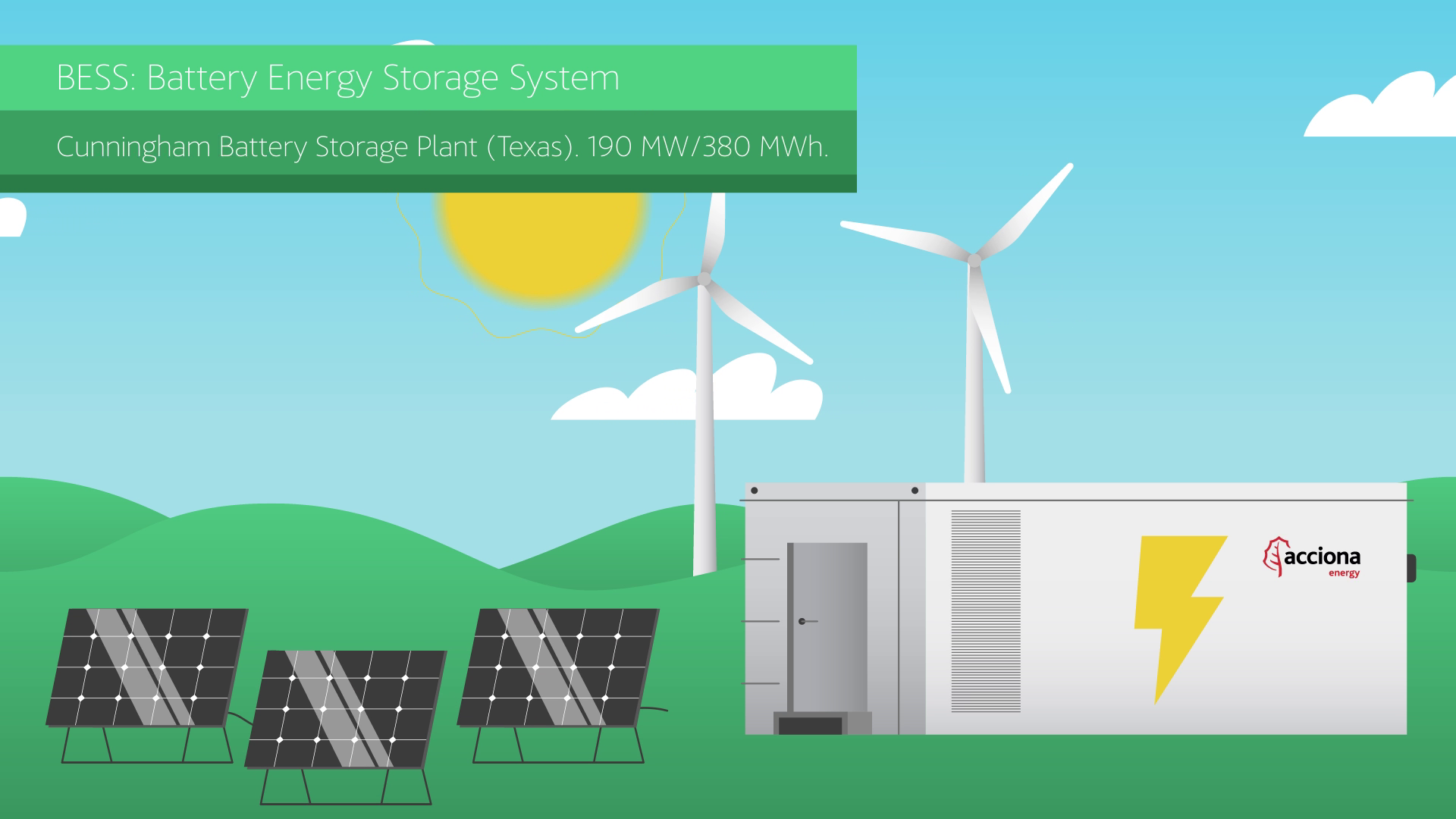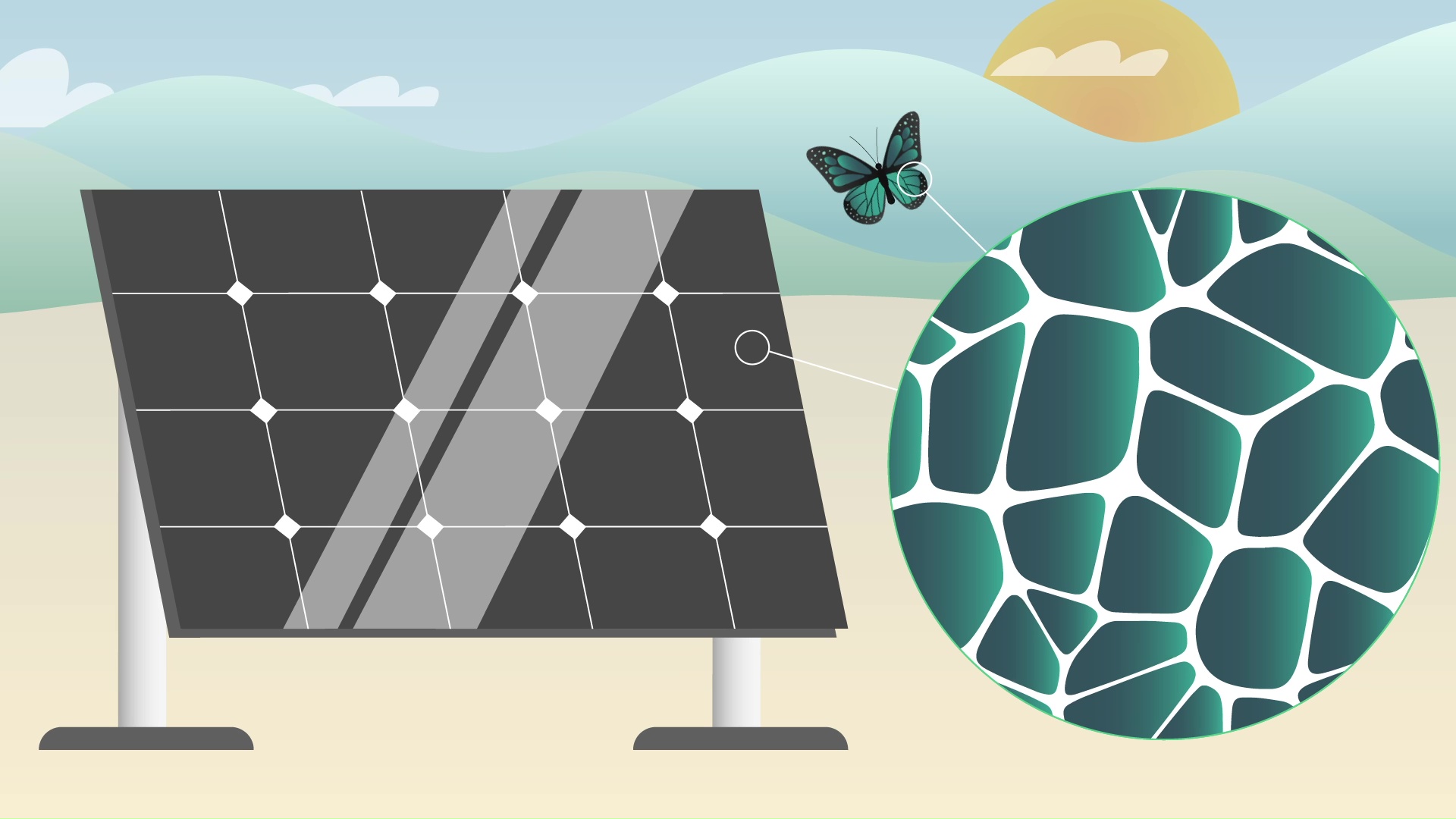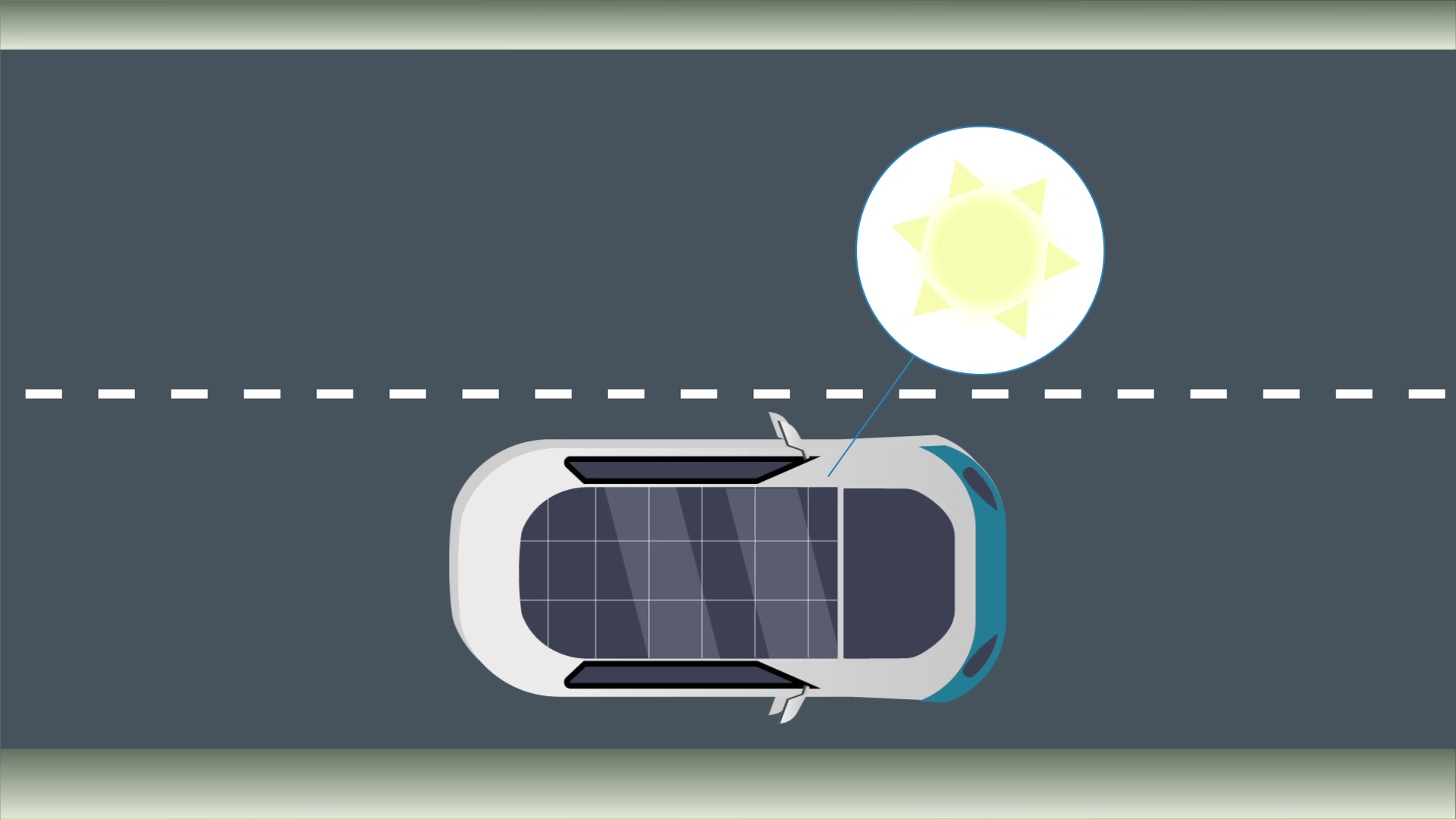Turning Wastewater into Power through Bioelectricity
As part of the ongoing shift towards a circular economy, recent research has harnessed the potential of E. coli bacteria, utilizing them to produce bioelectricity.
This autonomous, electrically powered device marks a breakthrough in making geothermal energy accessible to households.
As part of the ongoing shift towards a circular economy, recent research has harnessed the potential of E. coli bacteria, utilizing them to produce bioelectricity.
Air electrolysis extends green hydrogen production worldwide as an alternative for decarbonizing the economy.
At the cost of a green roof, a next-gen biobattery will allow parks and gardens to generate their own lighting and power IoT devices.
Wind farms and photovoltaic plants in the same space optimize the use of the electricity grid, reduce the environmental footprint of infrastructures, and boost renewable energy output.
Biomimicry has enabled scientists to develop a more efficient catalyst in the shape of nopal stems to produce green hydrogen.
Floating solar panels are emerging as an alternative for generating clean energy with additional advantages, as proven by the Sierra Brava plant in Spain.
A U.S. researcher has tapped into the potential of plant molecules to develop more efficient and literally green photovoltaic panels.
Read the most discussed articles
Solar thermal energy, also called solar thermal power or thermoelectric energy, is a renewable energy that uses the heat of the sun to produce clean electricity on a large scale. Like photovoltaic energy, which uses light energy from the sun captured by solar cells, solar thermal technology uses the sun's heat to warm a fluid, produce steam, and generate electricity in a conventional thermal process. There are also several technologies used to produce thermal energy: parabolic trough and central tower, primarily.
Solar thermal energy, also called solar thermal power or thermoelectric energy, is a renewable energy that uses the heat of the sun to produce clean electricity on a large scale. Like photovoltaic energy, which uses light energy from the sun captured by solar cells, solar thermal technology uses the sun's heat to warm a fluid, produce steam, and generate electricity in a conventional thermal process. There are also several technologies used to produce thermal energy: parabolic trough and central tower, primarily.









